It all started with a visit from the 7th/8th orchestra. One morning they decided to practice in the first grade commons area and invited Lower School classes to watch. My kindergartners sat mesmerized as they watched the big kids play. I could tell right away that music was an interest that spoke to many of them, and my suspicions were confirmed the very next day when I noticed several kiddos making paper instruments during choice time. Since we were deep in the midst of our Lower-Middle-Upper school investigation, I filed the idea away for a few weeks...
Until one morning my daughter was headed to middle school with her violin in hand. The kindegartners gathered around as she opened up her case and revealed (and played for them too, of course) what was inside.
It didn't take long for their own impromptu music-making to begin!
At the beginning of an investigation it's always important to create collective experiences that engage (and excite!) everyone about the topic. I filled our classroom with music books and the kids dove in.
We worked together to brainstorm all the music-related words they could think of, and they were just as impressed by the long list as I was!
I knew that an understanding of sound would be important for exploring instruments, so that's where we started. We walked around the room creating sounds, and then we worked together to sort, categorize, and label groups based on how each sound was created.We also grew our understanding of important sound-related vocabulary through several videos. Once they understood more about vibrations and sound waves they were ready to discover more about music.
I set out music-related provocations for the kiddos to explore...

It seemed like everywhere they turned (no matter the time of day!) they were finding new ways to make sounds. They also began to notice vibrations in lots of unexpected places.
They even started pretending to create their very own band.
During Fab lab one day we reenacted We're Going on a Bear Hunt together using "instruments" they each created to match various sounds in the story.
After several full weeks of creating and discovering, it was time to gather together and see how much they had learned and remembered about sound.
At this point the kiddos seemed more than ready to dive into the instrument portion of our investigation. I figured asking what they wonder about instruments would be a good way to help zero-in on their main interests and plot our next move. Boy was I wrong! Apparently, they wonder EVERYTHING!
Since I wasn't exactly sure where to head next, I started with the nearest instrument - Ms. Smith's ukulele. We got out our "How to find answers" chart and used the first idea of looking closely. We noticed (and learned) a LOT about the ukulele just by looking...
But looking closely didn't satisfy all our curiosities, so it was time to bring in an expert.

Now that our drawing confidence had increased, it was also a perfect moment to teach the kiddos how to look closely and draw what you see. It was also a great moment to work on our SEL "resilience tool." The task was hard, but no one gave up...and there were a LOT of proud faces at the end!
We explored our school to see how many instruments we could find there,
and then sorted photos of the instruments based on how they make sound. This helped us connect our understanding of sound with ways that actual instruments work.
During our walk around school I overheard several kiddos talking about their bodies being instruments, so we dove deep into a conversation about that as well. I always LOVE hearing their big thoughts when I ask big questions!

Zeroing in on a few instruments to investigate next would be a great way to help them begin learning how to investigate topics themselves (which they'll likely be ready to do later in the school year...and hopefully for the rest of their lives - after all, that is our ultimate goal!) Based on student interest (and instrument availability), I narrowed down their choice to four instruments. Each kiddo chose a favorite, we formed groups, and they got to work.
First we met in small groups to web things they already know (or noticed by looking closely at a picture) about their instrument,
And then they shared their wonders. Each group watched a video(s) of their instrument to learn more,
and the more they discovered the more information we continued adding to their webs.
 Looking closing at books was another great way to find out more about each instrument. They learned how to notice the pictures (and some words, too), mark their discoveries with a sticky, and articulate favorite discoveries with each other.
Looking closing at books was another great way to find out more about each instrument. They learned how to notice the pictures (and some words, too), mark their discoveries with a sticky, and articulate favorite discoveries with each other. They also looked closely and carefully while sketching their instruments, which came a lot easier the second time around.
By now they had learned to find out about their instrument by looking closely, using the Internet, and through books, so it was officially time to find some experts. Experts turned out to be just what we needed to find the answers to our remaining wonders.
Our week-long Thanksgiving break was nearing, so it was finally time to begin wrapping up our learning. Since we had already made a book as part of our previous investigation AND since this class loves to sing and move and dance so much AND because talk of a band had already started earlier during our investigation, Rubin's Rockstars was officially formed (and I promise they came up with the name all by themselves!)
After brainstorming a long list of instruments, each kindergartner chose one to create. Since I knew the ultimate goal would be for each kiddo to have an instrument they could actually play, we purposefully slowed down the creation process. Each kindergartner worked one on one with a teacher over the course of the week to look closely at a photo of their instrument, list the parts they would need to create, gather materials, and get to work.
The very BEST part about stretching a project out over a week is realizing how happy (and self motivated) the kiddos are to keep making their creation better and better. One day they'd say they were done, they'd take a break overnight, and the next day they'd suddenly have new ideas (and more energy) for making improvements.
The more they worked on their instruments, the more band ideas they came up with. So, we gathered together to make a list of all their ideas, and by the end of the week they had accomplished almost all of them!
As the big day neared they created invitations to hand out to the 4th grade classes,
and decorated signs to hang around the school.
Then it was showtime. It turns out that just because your class LOVES to sing and dance and make music doesn't mean they won't suddenly feel shy in front of an audience of mostly big kids! Their stage fright caught me a little by surprise, but it reminded me of how important experiences like this are in the lives of little people.
By the end of the week they had planned and created their instruments, voted on a band name, chose and invited their audience, found a location that fit their needs, practiced, and performed. That's a lot to accomplish (and be proud of!) at such a young age.
Since a few kiddos were late that morning because of snowy roads, we "performed" again in our classroom later that day. This time we taped the performance to send to families...
If only I had thought to ask the same question before our investigation started, it would have been SO interesting to see the ways their thinking had grown and changed over time. Nevertheless, six weeks of music related excitement, learning, and discoveries undoubtedly impacted the way they think of music.
So, all this time and energy spent exploring sound and instruments...WHY? Occasionally I wonder if we'd be better off investigating more topics in less depth. I admit that there are pros and cons to each investigation style, but at the end of the day (at least for now!) I can't imagine doing it differently.
There's just something magical about the opportunity to go deep and become a real "expert" on a topic, to build connection upon connection as you investigate a single topic across weeks, and to continue learning about something that feels truly joyful and engaging with as few adult-imposed time limits as possible.
The truth is - since it doesn't really matter what the topic is, there's really no hurry to move on. It's never about the topic anyway, but rather always about something (well, many things, to be exact) bigger -
Curiosity. Wonder. Joy. Hands on learning. Meaningful literacy development. Making thinking visible. Perseverance. Asking big questions. Building community. Learning to learn. Becoming an expert. Sharing our learning. Creativity. Collaboration. And so much more...
Now that's the true magic of kindergarten "investigations."


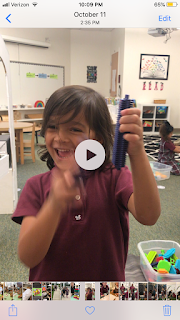
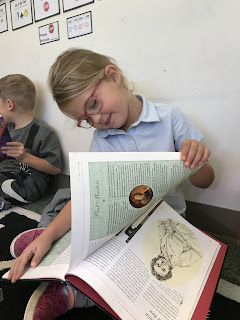






















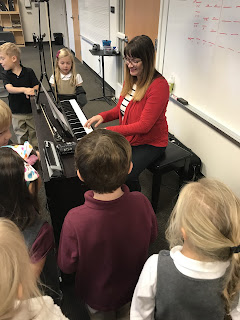






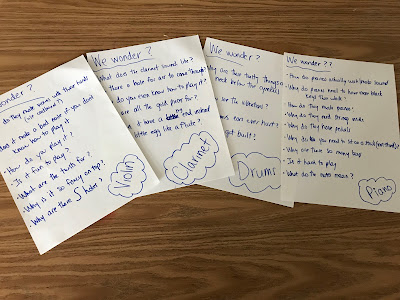










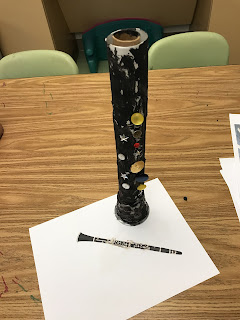
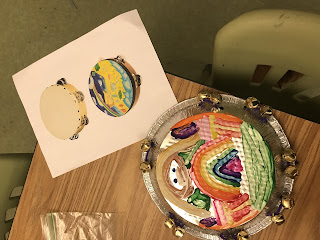



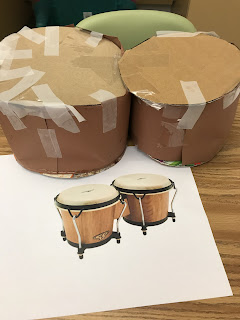













No comments:
Post a Comment